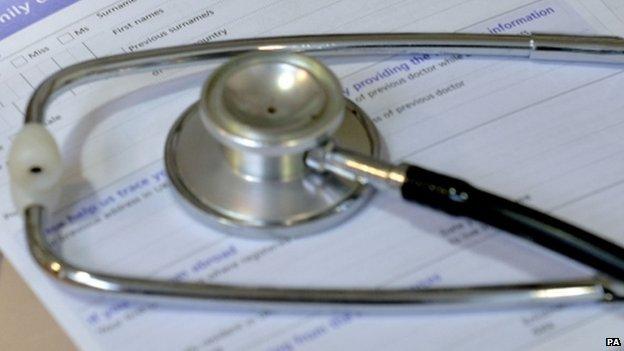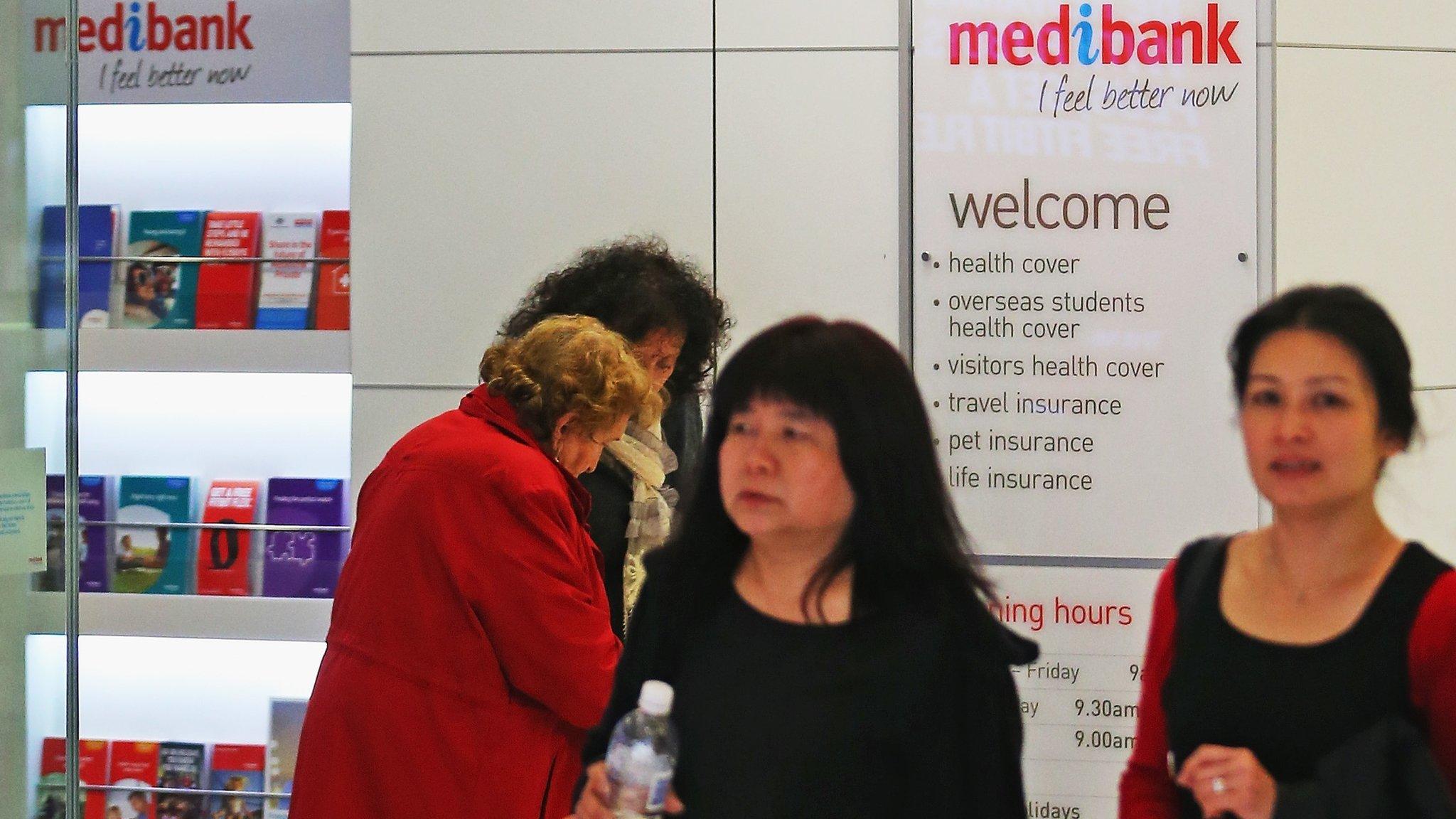Government's new GP payment plan 'cuts wages'
- Published

The original proposal had drawn strong criticism across the country.
The Australian government has been accused of cutting doctors' wages with new payment rules for medical visits.
Medical groups said it was unfair to expect doctors to decide if they should charge patients an extra A$5 ($4.1, £2.6) for a visit.
They said the policy, announced on Tuesday by Prime Minister Tony Abbott, shifts the burden of financing healthcare to doctors and patients.
It replaces an unpopular plan to charge patients a A$7 fee to see a GP.
Under the new policy, the government will cut the amount it pays to GPs to see adult patients by A$5, with doctors to decide whether or not to pass that cost on to patients.
'Mixed bag'
GPs were "being forced to do the dirty work of the government," said Professor Heather Yeatman, president of the Public Health Association of Australia.
"Either they lose A$3bn from their own pockets over the next three-and-a-half years or drag it from the wallets of the bulk of their patients.
"This is simply unacceptable. The message has been clear. The criticism widespread. A universal healthcare system is one that provides appropriate access to the community without distinguishing on the grounds of ability to pay," Prof Yeatman said.
Mr Abbott earlier defended the new plan, saying it was even better than the original proposal that was part of his May budget.
"I thought the position that we took to the budget was a very good position - but I think this is a better one," he said at a news conference.
Under the government's proposal eight million patients - including children, pensioners, veterans, nursing home residents and others with concession cards - would be exempt from the extra payment.
Mr Abbott said the changes would save A$3.5bn over five years.
The Australian Medical Association (AMA) described the government's changes as a "mixed bag".
It was happy that some groups would be exempt, but remained disappointed that rebates for GP services for everyone else would be cut by A$5, said AMA President Brian Owler.
Some crossbench senators were also unhappy that the plan shifted the problem to doctors.
"The government is basically making the GPs pay, and in turn patients may have to end up paying in the longer term," said Independent Senator Nick Xenophon.
However, the Palmer United Party (PUP), which opposed the original payment, welcomed the change.
"Prime Minister Tony Abbott has succumbed to our rationale and dropped the co-payment," said PUP leader Clive Palmer.

How does Australian Medicare work?
Healthcare is provided by both private and government institutions.
The government funds its Medicare system via a 1.5% levy on everyone except low-income earners, with the balance being provided by the government from general revenue.
An additional levy of 1% is imposed on high-income earners if they do not have private health insurance.
As well as Medicare, the government funds a separate Pharmaceutical Benefits Scheme that subsidises a range of prescription medications.

- Published25 November 2014
